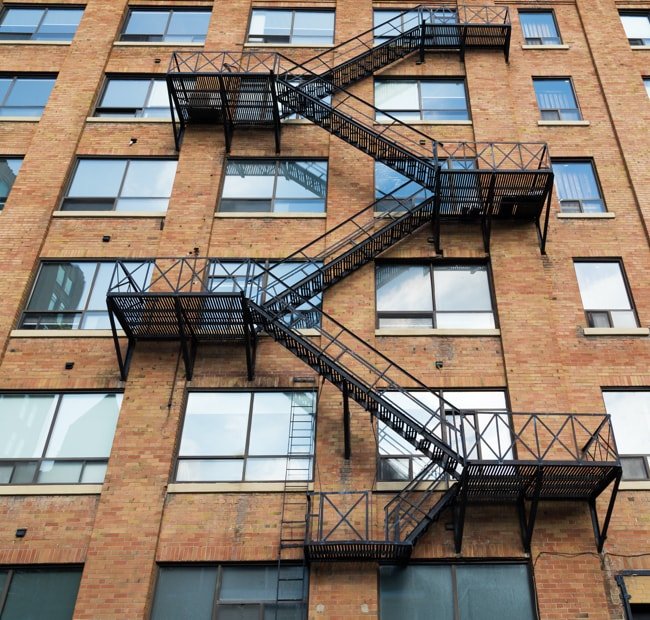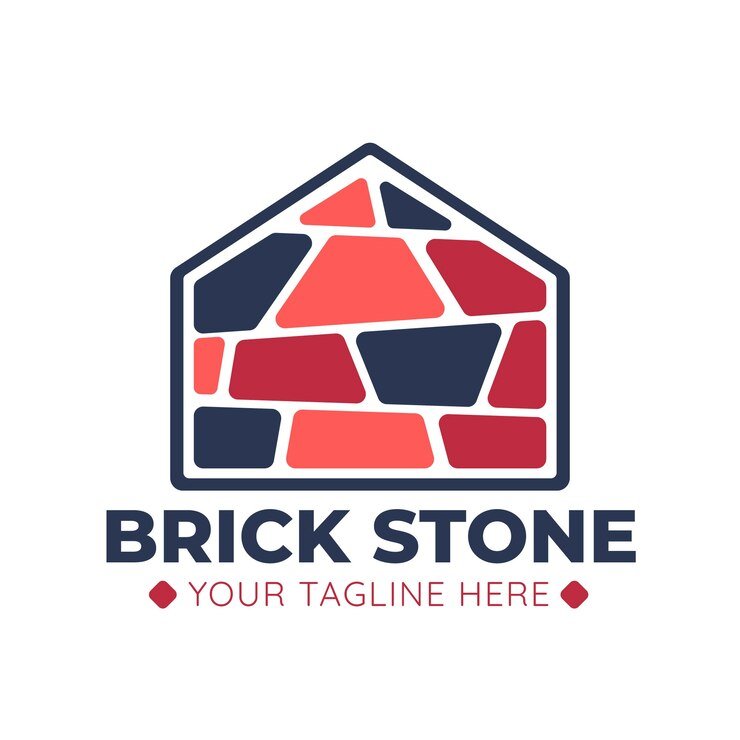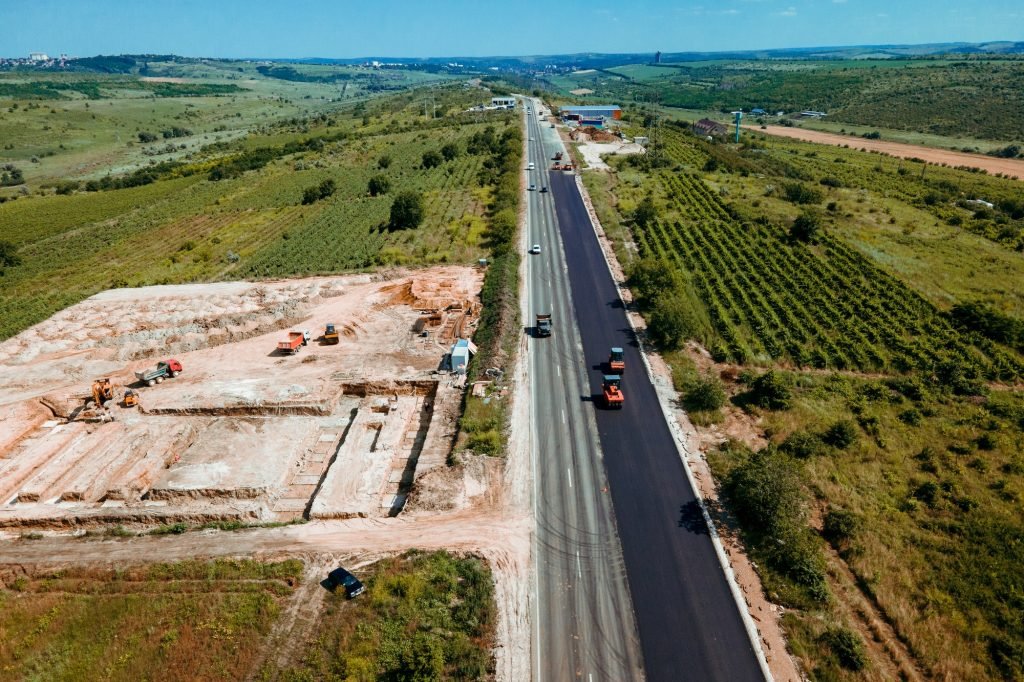Fire Escape Painting
Professional Fire Escape Painting Services
Fire escapes are a crucial safety feature in residential and commercial buildings, providing an emergency exit during fire incidents. However, these metal structures are constantly exposed to weather elements, leading to rust, corrosion, and structural deterioration. Regular fire escape painting not only enhances the aesthetic appeal but also ensures compliance with local safety regulations, extends the structure’s lifespan, and maintains its functionality.
In this comprehensive guide, we will explore everything about fire escape painting, from its importance and preparation process to best practices, maintenance tips, and professional services.
Looking for Reliable Professional Fire Escape Painting Services Contact Us Today!
SERVICES
Top Roofing Services in Fire Escape Painting
Our services include.
Fire escape painting is more than just an aesthetic improvement. It plays a vital role in:
Preventing Rust and Corrosion: Metal fire escapes are prone to rust due to exposure to rain, snow, and humidity. A protective coat of paint acts as a barrier against these elements.
Enhancing Safety and Durability: A well-maintained fire escape ensures safe evacuation in emergencies. Peeling paint and rust can weaken the structure, posing serious risks.
Compliance with Local Regulations: Many cities, including New York, have strict building codes that require regular inspection and maintenance of fire escapes.
Improving Property Value: A freshly painted fire escape adds to the overall curb appeal and value of the property.
Each city has different regulations regarding fire escape maintenance. Some key points to consider include:
Inspection Guidelines: Many jurisdictions require periodic inspections to ensure structural integrity.
Approved Paint Types: Fire escapes must be painted using weather-resistant, rust-proof, and fire-retardant coatings.
Permit Requirements: Some cities require permits for fire escape repairs and repainting projects.
Landlord and Building Owner Responsibilities: Regular maintenance is mandatory for compliance and tenant safety.
Always check with local authorities to ensure adherence to fire safety laws.
Not all paints are suitable for fire escapes. The best options include:
Rust-resistant Paint: Designed to prevent oxidation and corrosion.
Fire-retardant Coatings: Helps slow down the spread of fire.
Oil-based and Epoxy Paints: Durable and weather-resistant choices for metal surfaces.
Powder Coatings: Highly durable and long-lasting but require professional application.
Step 1: Surface Preparation
Remove dirt, debris, and peeling paint using a wire brush or sandpaper.
Use a pressure washer to clean the surface thoroughly.
Apply a rust remover if needed.
Allow the structure to dry completely before applying paint.
Step 2: Priming the Surface
Use a metal primer to create a smooth base for the paint.
Opt for a rust-inhibiting primer to provide additional protection.
Allow the primer to dry as per manufacturer instructions.
Painting Application
Apply the first coat of fire-resistant paint using a brush, roller, or spray gun.
Allow adequate drying time before applying a second coat.
Ensure even coverage, focusing on joints and hard-to-reach areas.
Final Inspection and Cleanup
Check for missed spots or uneven coatings.
Clean up any paint spills or debris from the surrounding area.
Allow the fire escape to dry completely before use.
Weather Conditions: Rain and humidity can interfere with drying and adhesion.
Difficult Accessibility: Fire escapes are often located at higher elevations, requiring scaffolding or ladders.
Rust and Peeling Paint: Requires thorough surface preparation for proper adhesion.
Regulatory Compliance: Ensuring compliance with city codes and regulations can be complex.
Pros: Cost-effective, flexible timing, and control over materials.
Cons: Requires significant time, equipment, and safety precautions.
Pros: Expertise, proper tools, and compliance with local laws.
Cons: Higher costs but ensures long-lasting and high-quality results.
For high-rise buildings or large-scale projects, hiring a professional fire escape painter is recommended.
When selecting a professional painter:
Check Licensing and Insurance: Ensure the contractor is certified and insured.
Read Reviews and References: Look for reputable companies with positive customer feedback.
Request a Detailed Estimate: Get a breakdown of costs, including labor, materials, and time frame.
Verify Compliance with Safety Standards: Ensure they follow local building codes and use the right materials.

Committed to excellence
Enhance Safety with Quality Fire Escape Coatings
Regular fire escape painting is essential for safety, durability, and aesthetic appeal. Whether you choose a DIY approach or hire professionals, ensuring proper preparation, using quality materials, and adhering to local regulations will keep your fire escape in top condition. By following maintenance tips and scheduling regular inspections, you can prolong the lifespan of your fire escape while keeping your property compliant and safe.
If you need expert fire escape painting services, contact a licensed contractor to ensure the job is done efficiently and professionally. Protect your building, enhance safety, and maintain compliance with fire escape painting today!
- Size and Complexity
- Condition of Existing
- Type of Paint Used
- Labor Costs
Certified by Leading Roofing Manufacturers and Associations






NYC-Compliant Fire Escape Painting Solutions
- Regular Inspections
- Routine Cleaning
- Touch-up Painting
- Lubricate Moving Parts
- Professional Assessment
high-rise buildings or large-scale projects, hiring a professional fire escape painter is recommended

Reliable & Affordable Fire Escape Painting
In this comprehensive guide, we will explore everything about fire escape painting, from its importance and preparation process to best practices, maintenance tips, and professional services.
Expert Fire Escape Restoration & Maintenance
The primary purpose of painting fire escapes is to protect them from corrosion. Fire escapes are typically made of steel, which is prone to rust when exposed to moisture, especially in areas with high humidity or near coastal regions. Rust weakens the structure, making it potentially unsafe during an emergency. A fresh coat of paint creates a protective barrier, preventing rust from forming and extending the life of the fire escape.
In addition to protecting the fire escape structure, painting also improves its aesthetic appeal. Many fire escapes are located in prominent areas of a building and are highly visible from the street. By applying a coat of paint, property owners can ensure that their fire escapes blend seamlessly with the building’s design. This not only enhances the building’s curb appeal but also demonstrates a commitment to maintaining safety and building integrity.
FAQs About Fire Escape Painting
Painting a fire escape is essential for maintaining the structure’s integrity and safety. The paint acts as a protective barrier against moisture and environmental elements, preventing rust and corrosion that could weaken the structure. Regular painting also helps improve the appearance of the fire escape, especially in older buildings where fire escapes are often highly visible.
The frequency of painting depends on the climate and environmental conditions. Generally, fire escapes should be inspected and repainted every 3 to 5 years to ensure they remain in good condition. In areas with high humidity or near coastal regions, more frequent maintenance may be required.
For fire escape painting, it's important to use rust-resistant and durable materials. A high-quality industrial primer is often applied first, followed by an enamel or oil-based paint that is specifically designed for metal surfaces. These materials help provide long-lasting protection against weather elements.
Yes, many cities have building codes and safety regulations that require fire escapes to be maintained in a safe and functional condition. This includes ensuring the fire escape is properly painted and free from corrosion. Failure to meet these regulations can result in fines or penalties.

